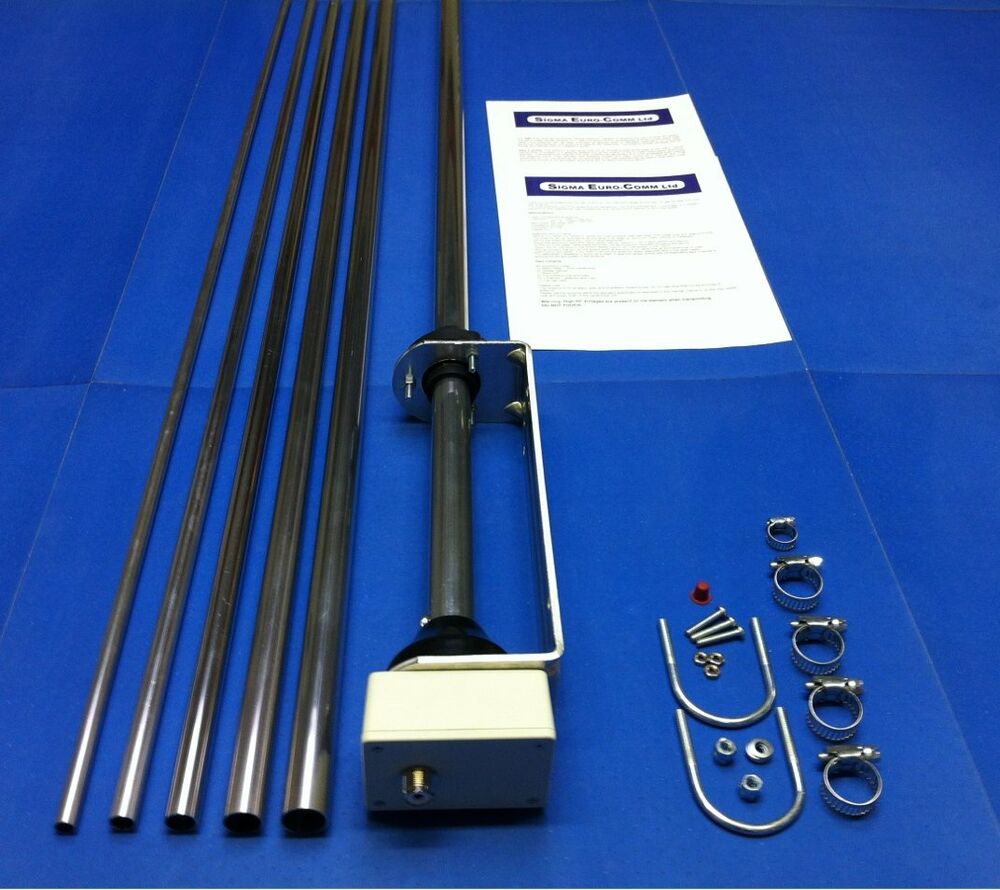Radial Free Verticals
By the QRM Guru team
From time-to-time we receive emails about QRM and TVI associated with these radial free verticals.
The symptoms will usually present as TVI, RF feedback and sometimes an inability to achieve a desirable SWR on the lower bands. We also hear of situations where the antennas appear deaf on receive.

Example of the radial free vertical
If you are considering buying one of these radial free verticals, we suggest you do some research first. Talk to others who have purchased such antennas and seek their feedback. Read some basic antenna theory handbooks.
You must:
- minimise unwanted currents in your shack;
- reduce unwanted interference;
- improve the efficiency and effectiveness of your antenna;
- reduce the likelihood of receiving RF shocks; and
- reduce unwanted interference to your radio, computer and electrical appliances.
Generally, radial-free verticals will perform poorly on both transmit and receive and you’ll be disappointed with results.
The reality is that there is indeed no such thing as a free lunch.
These radial free verticals promise much and usually fail to deliver.
However, if you have invested your hard-earned and wish to find a compromise, we suggest the following as a series of guidelines.
You will need to do some investigation as you work through the issues.
- With the advent of digital TV and streaming services, TVI is rare these days. Especially if you are operating a clean station with an effective RF earth, balanced antennas and your station and general housekeeping are in order. If you are suffering TVI, it is a clear indication of a serious problem.
- Verticals, especially these ‘radial free’ designs are fraught. Whilst they appear convenient, they will nearly always result in unwanted stray RF, which may well be the source of the problem.
- Bring the antenna to ground level and attach a good earth stake as close as possible to the base (an electrician’s earth stake should be a good option). Also add as many radials as you are able. If you are living in a townhouse or unit and have limited real estate, this may be problematic.
- Check the TV antenna and coax – it is all well maintained? Is the coax new or in good working order? Are all connectors in good order? Is there a mast head pre-amplifier in line? If so, is it required?
- What transmitted signals (bands and modes) cause interference and how much power are you transmitting?
- It is unlikely you would benefit, but Low Pass Filter (LPF) and High Pass Filter (HPF) may assist.
- Is there a balun at the feed-point to the antenna? Again, there may be unwanted RF radiating from the feedline.
- You could also consider trying ferrite rings to suppress unwanted RF.
There are a lot of unknowns with the scenarios presented with radial free verticals.
However, the first and easiest path to resolution is to introduce some earthing and radials.
Tracking down and resolving QRM and TVI is an iterative process. You should take notes as you work through the process and see what yields the best results.
Establishing an efficient and QRM free HF environment (especially on the lower bands) on a small block is a challenge.
Ultimately, a loop antenna may be a better option for your location
